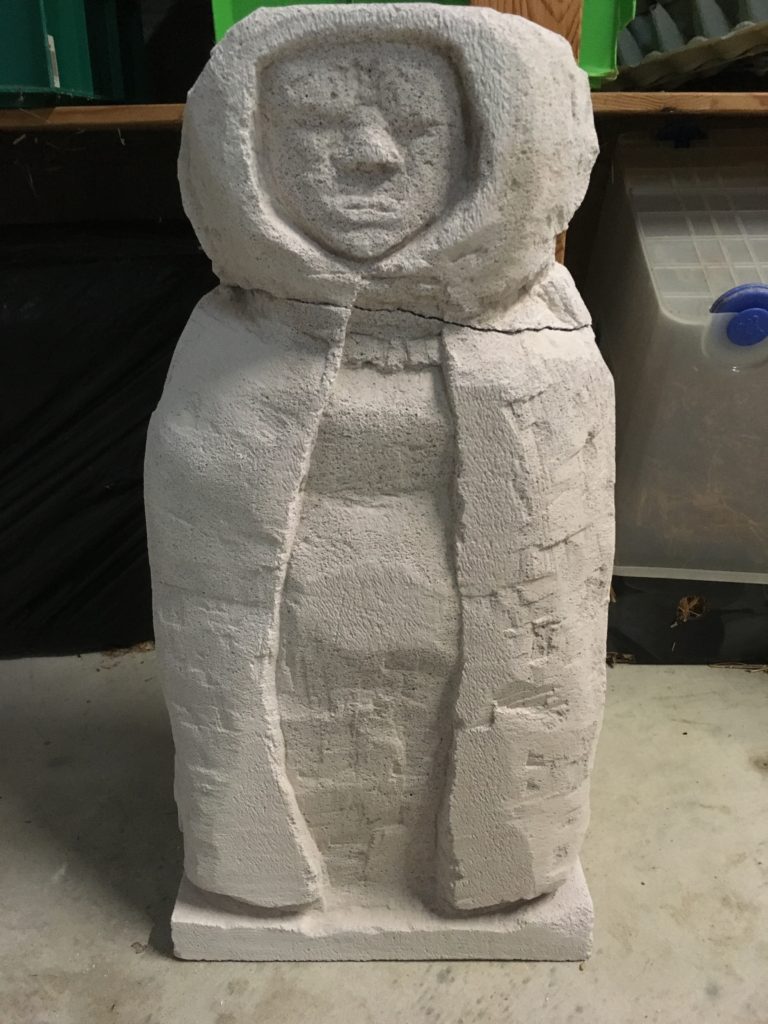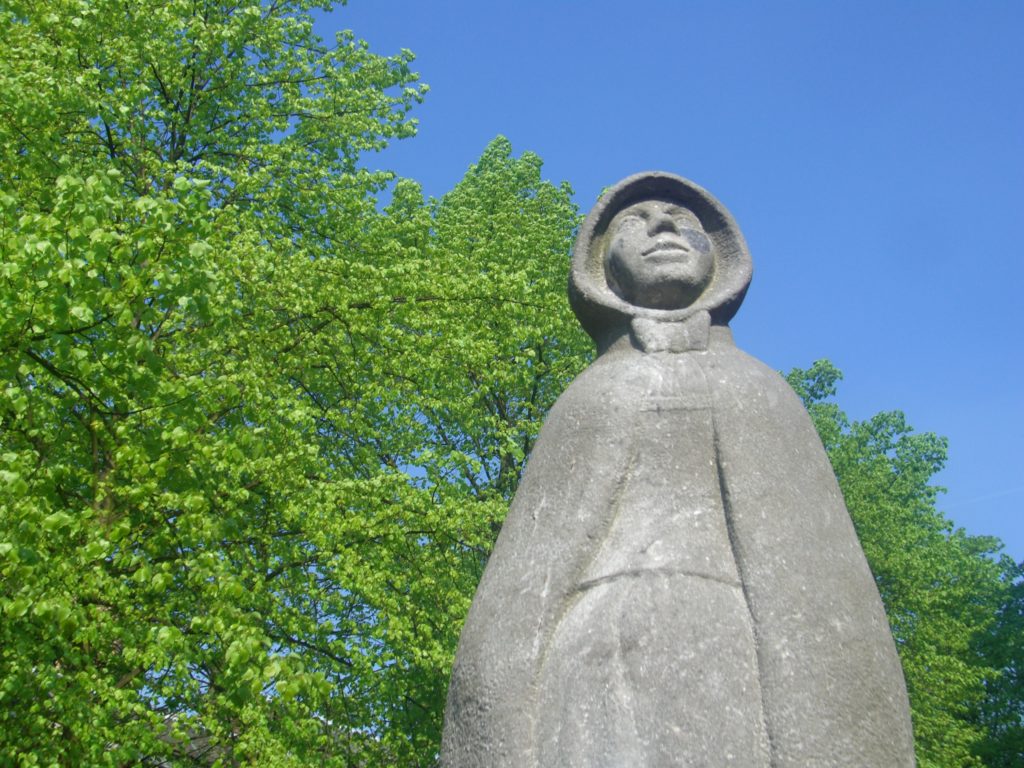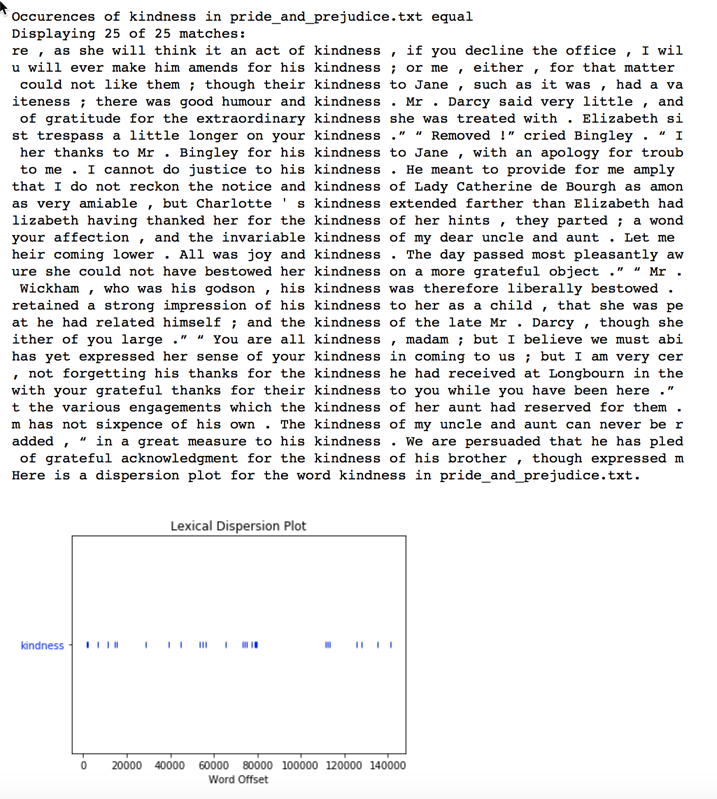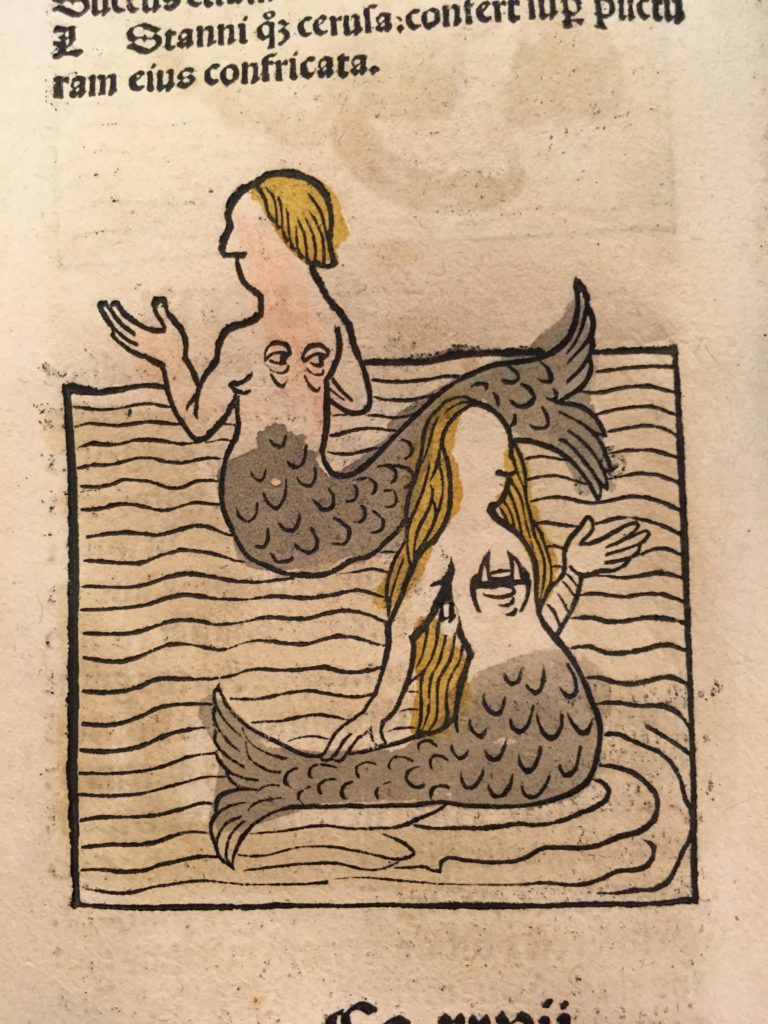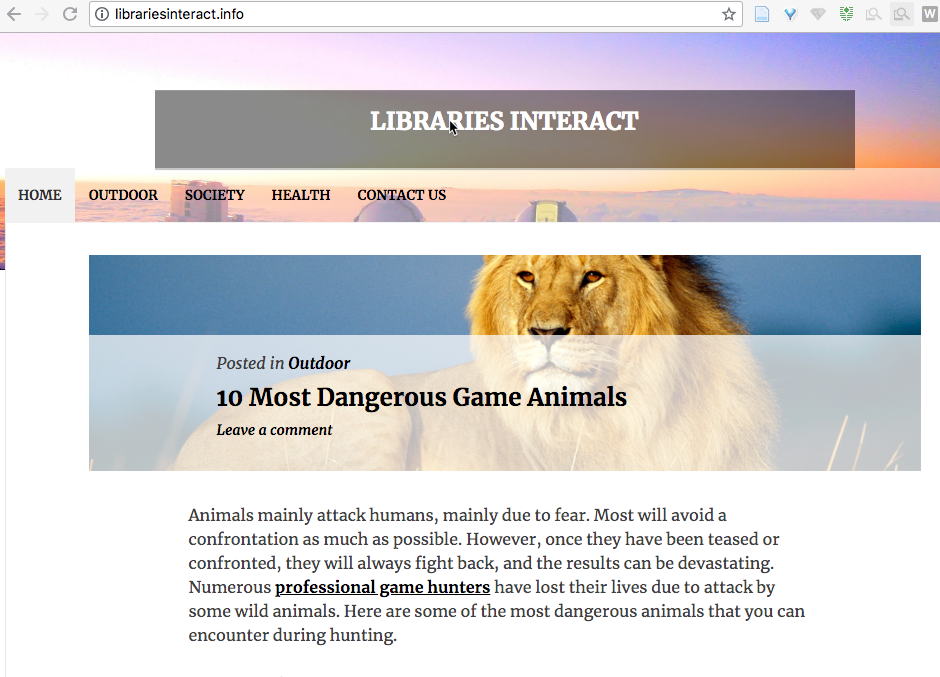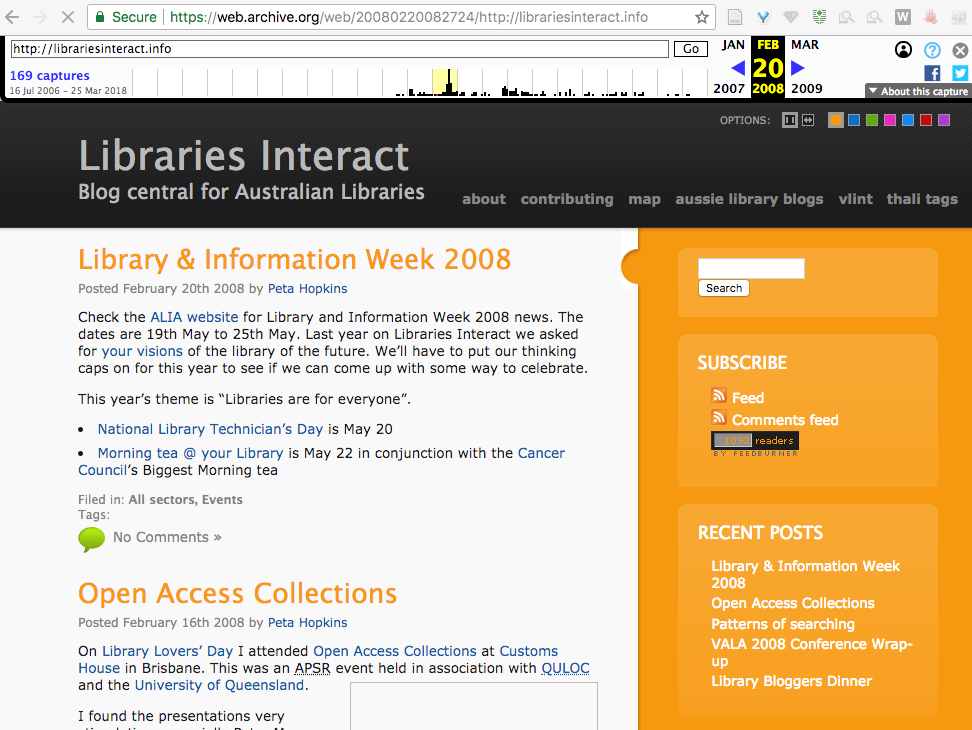I spoke in April at ALIA’s “Abstract to Paper” session. My part, about how to turn a fully-written conference paper into an engaging conference session, followed on from a presentation from Gaby Haddow and David Wells about how to turn an idea into an abstract that will be accepted and Helen Balfour discussing how to turn an abstract into a conference paper.
I promised to publish my slideset here, and so, a month or so later, here it is. As usual with my slidesets, they are made to be a “partner dance” where what I say does not make much sense without the slides and the slides do not make much sense without me speaking to them … I have briefly tried to capture below the gist … Giving a great conference presentation from a written paper .
2. First thing. If you are allocated 20 minute, prepare for 15. Speakers get excited and digress and emphasise points as they see their audience’s interaction. This is good, but you want to allow time for you to do this. Also it is good to leave time for questions at the end, and for unanticipated delays, like technical difficulties or the speaker before going overtime. By all means, have an extra 5 minutes up your sleeve in case you do need the full 20 minutes, but be prepared also with the 15 minute version and work on the basis that this is the one you will be giving.
3. I told the audience to remember this picture of a small child hugging a small live tiger. It would become relevant later on.
4-7 The presentation was about the crafting that goes into the talk before you are delivering it ….. the only way to prepare for the actual delivery is to practise, practise, practise, practise, until it is so rehearsed that it seems like you are speaking spontaneously
8. Interaction with the audience. I asked them what they thought I was going to say.
9. I outlined what I was actually going to say … and then said it.
10. Hook. No matter what you think, to a large chunk of your audience you have a funny accent and you have funny mannerisms… or let’s just call them “idiosyncratic”. You need to give your audience a chance to get a feel for your pacing and tone before you start telling them anything important… so spend 30 seconds or so on some kind of “warm up” idea, which allows them to fall into your speaking rhythm, helps orientate them to you as a speaker and feel more comfortable coming along for the ride.
11. In the case of this talk, it was the kid and tiger picture. Total gimmick. No other purpose than to wake people up a bit, get their attention, make them wonder where things were going…
12. At most conferences, unless you are first speaker, most people have brains that are almost full and have possibly been subjected to some less-than interesting presentations. A hook is also a way to draw a line in the sand and create a kind of contract with the audience – “okay, I am actually going to try to pay attention to your needs and how you are reacting and try to be interesting and engaging… so having shown you this unusual thing that may have woken you up, I promise that I will keep going in the same vein, as long as you engage with me too”
12-20. Who is it about? The audience. You have had your chance with the abstract and writing the conference paper to be the one driving the ship. Now, you need to remember who is likely to be there and talk for them. This includes the next speaker who is an expert in the same field and may, if collegial, mention one of your points in their presentation. Or your next boss. Or your next employee. Or someone who has no idea of the particular topic, although they are experienced in the profession. Or a new graduate.
The question I asked a the start of the presentation “What do you think I am going to talk about?” is actually a good way to gauge the audience interest, level of knowledge and expectations. It also is a good “hook” that will have the audience listening harder to you to see whether you do actually say what they expected, and also to have clarified for them right at the start where they may have knowledge gaps, so what they should be listening for.
21-23. You need to pitch your presentation as part of a conversation.
When you wrote the conference paper, the references that you used positioned your topic within the existing disciplinary literature and conversation. You have shown that you understand the current research, thinking and where there are disagreements or conflicting views. This makes your point of view stronger if it is clear that you understand what is happening in the discipline, and are not just making things up with very little consideration. Without sounding like you are reading a list for the sake of reading a list, do mention the ideas of others in your session to ground your ideas.
At a conference, you will have – and should have – attended all the other sessions and especially the keynotes. Themes emerge in conferences and, if you are lucky, people make some rather strong statements. Picking up on these and acknowledging them in your session strengthens the conversational aspect and makes the audience understand how your ideas fit into the conference theme.
You can always research the keynotes, the other speakers on the programme and the stated theme of the conference before the day. You should come armed with this, ready to work some of it into your presentation, and leave some places for a bit of spontaneous engagement with the ideas of the last couple of days.
24. How much? 5000 words do not fit into a 20 minute presentation. You cannot include it all. You will have to abbreviate.
25. Some people take a “shrinky dinks” approach, where they try to cover all of the material in the paper in the presentation. This can be important if reporting on a technical process, where leaving out a step will stop the audience from understanding the whole point
26. Some people take an “abridged highlights” approach, as with the 10 minute edited highlights of an Apple product launch event. They still try to include it all, but miss out bigger, less interesting chunks.
27. It is OK to just highlight one part of the paper and focus only on that. There is no crime in stating clearly “There is a whole section on x. covered in the written paper that you can read up on later, but if you want to know more, then please ask in question time or catch me at afternoon tea”. I have seen very successful papers where they just covered the theoretical or practical side of the paper, or went in depth into one of three case studies and relied on the audience’s ability to generalise.
28-29. You know the “so what?” of your paper. If someone asked you for a two sentence explanation of the most original, interesting, valuable points you were going to make, something that would compel them to chose your room instead of a concurrent session, what would you tell them? Know this. Make sure your audience know this by the time they leave. Repeat it at the start, middle and finish if you need to… but this should be your guide when deciding what to cover and what to leave out.
30. – 31. What do you want your audience to take away from your paper? What are the main points you are making ? Ensure that these are very clearly identified during the paper and make sure you re-iterate them at the end.
32 (Hence I repeated my takeaways)
- Include a hook
- Make it about the audience, not you
- Ground your topic in disciplinary conversations and those specific to the conference
- Know that you will leave something out and be OK with that
- Make sure that whatever is unique, interesting, novel about your paper has been highlighted
- Make it clear to the audience what your main points are and what you want them to have learned during your session
33. Always be prepared for, and leave time for, questions.
